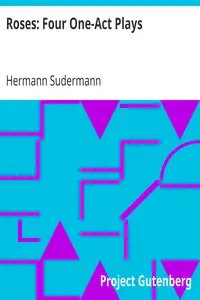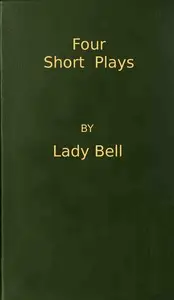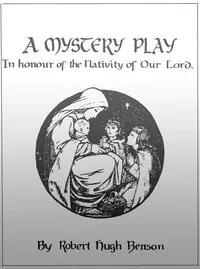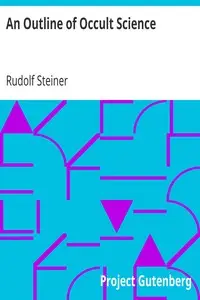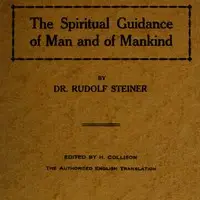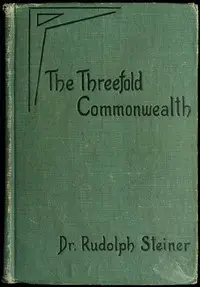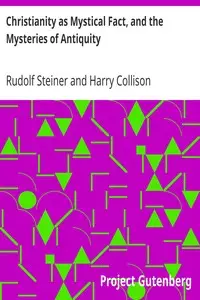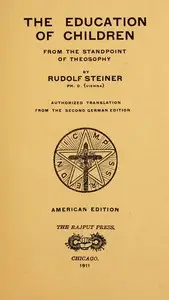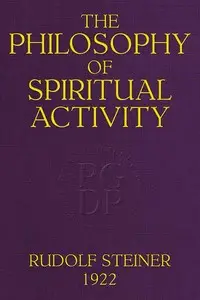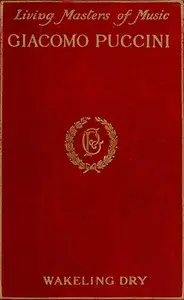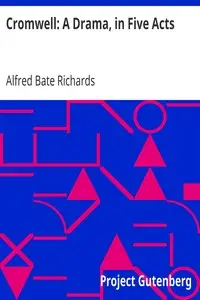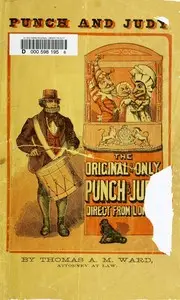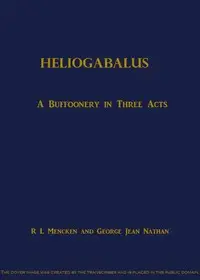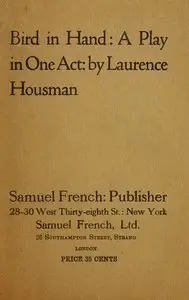"Four Mystery Plays" by Rudolf Steiner is a set of interconnected mystery plays that follows people on a quest for spiritual growth and a deeper understanding of life. Through initiation and the development of their psychic abilities, the characters strive for true self-awareness. These seekers, including artists, scientists, and mystics, grapple with intricate spiritual concepts woven into their personal lives. For example, the first play, "The Portal of Initiation," begins with Sophia and her children singing about the beauty of nature and its link to the spiritual world. Conversations reveal different views on art, spirit, and life's purpose through characters like Sophia and Estella. The story sets the stage for a powerful look at the challenges and spiritual journeys of the human soul through drama and their linked destinies.
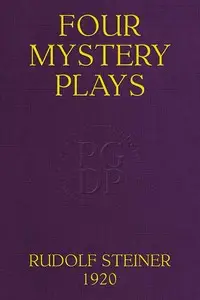
Four Mystery Plays
By Rudolf Steiner
In a world of art, science, and mysticism, seekers embark on interconnected journeys to uncover their spiritual selves and the hidden truths of existence.
Summary
About the AuthorRudolf Joseph Lorenz Steiner was an Austrian occultist, social reformer, architect, esotericist, and claimed clairvoyant. Steiner gained initial recognition at the end of the nineteenth century as a literary critic and published works including The Philosophy of Freedom. At the beginning of the twentieth century he founded an esoteric spiritual movement, anthroposophy, with roots in German idealist philosophy and theosophy. His teachings are influenced by Christian Gnosticism or neognosticism. Many of his ideas are pseudoscientific. He was also prone to pseudohistory.
Rudolf Joseph Lorenz Steiner was an Austrian occultist, social reformer, architect, esotericist, and claimed clairvoyant. Steiner gained initial recognition at the end of the nineteenth century as a literary critic and published works including The Philosophy of Freedom. At the beginning of the twentieth century he founded an esoteric spiritual movement, anthroposophy, with roots in German idealist philosophy and theosophy. His teachings are influenced by Christian Gnosticism or neognosticism. Many of his ideas are pseudoscientific. He was also prone to pseudohistory.

